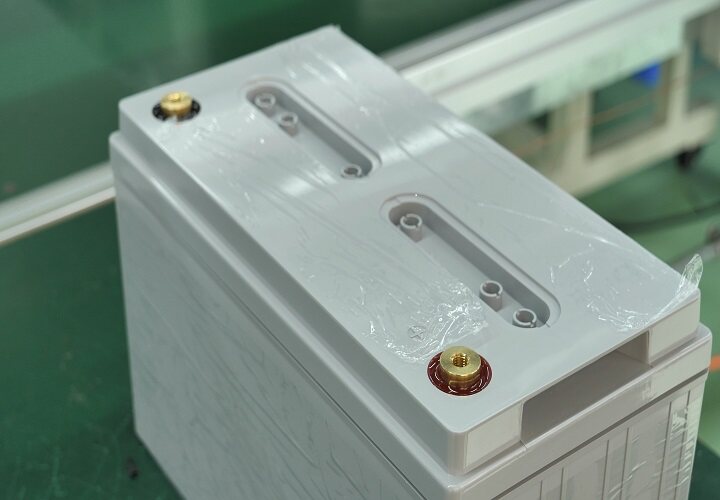The recycling process of lithium ion batteries mainly includes pretreatment, secondary treatment and advanced treatment. Because of the residual power in the spent battery, the pretreatment process includes the deep discharge process, crushing, physical sorting; The purpose of the secondary treatment is to realize the complete separation of the active material of the positive and negative electrodes from the substrate. The heat treatment method, organic solvent dissolution method, lye dissolution method and electrolysis method are commonly used to achieve the complete separation of the two. The advanced treatment mainly includes two processes: leaching and separation and purification to extract valuable metal materials. According to the extraction process classification, the battery recovery methods can be mainly divided into three categories: dry recovery, wet recovery and biological recovery.
